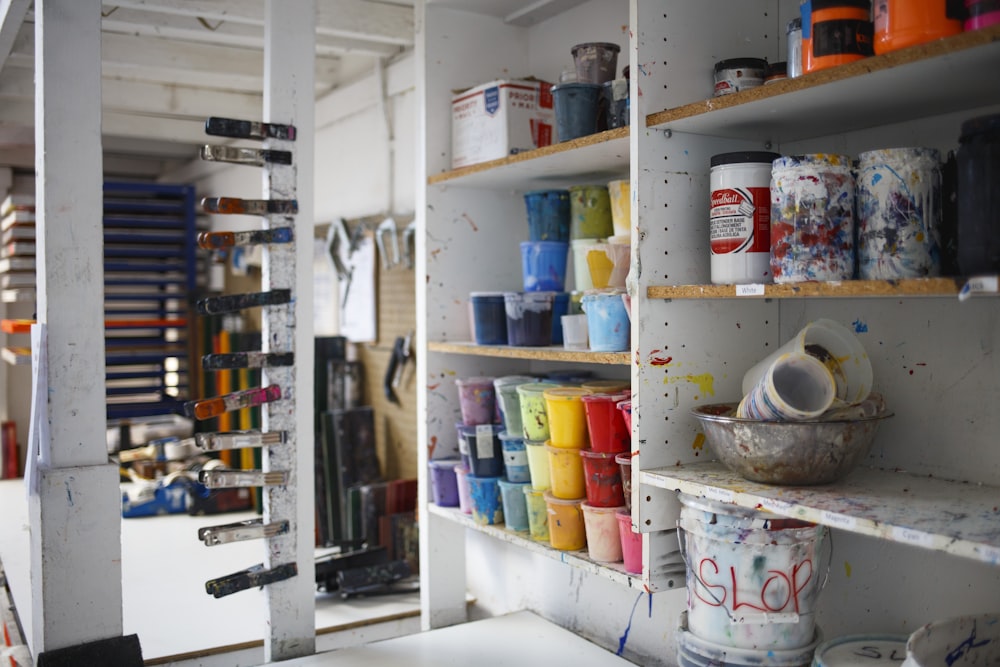Where To Relax In Sydney?
The city of Sydney, with its breathtaking harbour, golden beaches, and verdant parks, provides tourists with an abundance of opportunities to relax and unwind. Whether you are a resident of Sydney searching for a peaceful place to get away from the hustle and bustle of everyday life or a tourist looking for a tranquil spot to take in the splendour of the city, Sydney has something to offer everyone.
The purpose of the article is to discuss some of the most desirable places in Sydney where one may find peace amidst the hustle and bustle of the metropolis. As you explore Sydney, you will find a wide variety of places to unwind, ranging from serene gardens to coastal retreats.
Where To Relax In Sydney?
Sydney is a bustling city with a vibrant culture, but it also offers a variety of tranquil spots where you can unwind and find peace. Here are some of the best places to relax in Sydney:
- Royal Botanic Garden: This expansive garden near the Sydney Opera House and Sydney Harbour Bridge provides a serene escape from the city’s hustle. Wander through lush landscapes, explore the themed gardens, and enjoy picturesque views of the harbour.
- Bondi to Coogee Coastal Walk: If you enjoy a stroll with stunning ocean views, this coastal walk is perfect. The trail features cliffs, beaches, and rock pools, offering a soothing environment and a chance to reconnect with nature.
- Centennial Parklands: This massive park offers a wide range of activities, from horse riding to cycling, as well as plenty of secluded spots for picnics and relaxation. The park’s lakes, wildlife, and walking trails make it a peaceful retreat.
- Wendy Whiteley’s Secret Garden: Tucked away in Lavender Bay, this hidden gem is a labour of love created by artist Wendy Whiteley. The garden is filled with art, sculptures, and lush greenery, providing a tranquil setting with views of Sydney Harbour.
- Shelly Beach: Located near Manly Beach, Shelly Beach is a quieter spot for those who want to avoid the crowds. You can swim, snorkel, or simply relax on the beach, surrounded by nature and a more laid-back atmosphere.
- Milk Beach: Part of the Hermitage Foreshore Track, this small and secluded beach offers stunning views of the Sydney skyline. It’s an ideal spot for a peaceful picnic or a swim away from the more crowded beaches.
- Barangaroo Reserve: This urban parkland is a beautiful blend of native Australian flora and contemporary design. With its terraced landscapes and harbour views, Barangaroo Reserve provides a calm environment for relaxation and leisurely walks.
- Lane Cove National Park: Located a short drive from the city centre, this national park offers walking trails, picnic areas, and the Lane Cove River. It’s a fantastic spot to escape into nature without venturing too far from Sydney.
These are just a few of the many relaxing spots in Sydney. Whether you prefer gardens, beaches, or parklands, there’s a perfect place for you to unwind in this vibrant city.
Where Is The Best Area To Stay When Visiting Sydney?
The best area to stay in Sydney depends on your preferences, budget, and the type of experience you’re seeking. Here are some popular areas to consider, each offering unique attractions and benefits:
- Sydney CBD (Central Business District): Ideal for first-time visitors, the CBD is close to major landmarks like the Sydney Opera House, Sydney Harbour Bridge, Darling Harbour, and the Royal Botanic Garden. It’s convenient for public transportation, shopping, and dining, but can be busy.
- The Rocks: Located near the Sydney Harbour Bridge, The Rocks is a historic area with cobblestone streets, colonial-era buildings, and a vibrant weekend market. It’s a great spot for those who enjoy history and a lively atmosphere with plenty of restaurants and bars.
- Darling Harbour: This waterfront area is popular with families and tourists. It’s home to attractions like SEA LIFE Sydney Aquarium, WILD LIFE Sydney Zoo, and the Australian National Maritime Museum. Staying here offers easy access to entertainment and dining options.
- Potts Point: Known for its trendy cafés, boutiques, and art deco architecture, Potts Point is an excellent choice for those who enjoy a chic, cosmopolitan vibe. It’s close to Kings Cross and offers a lively nightlife scene while still being a walkable distance from the CBD.
- Surry Hills: If you prefer a hipster, artsy environment, Surry Hills is a great option. This area is filled with trendy cafés, art galleries, and independent boutiques. It’s a bit farther from the main tourist spots, but it’s well-connected by public transport.
- Bondi Beach: For beach lovers, staying near Bondi Beach provides easy access to the iconic beach and the coastal walk to Coogee. This area has a laid-back vibe, with plenty of cafés, shops, and a lively surf culture.
- Manly: Another beachside option, Manly is accessible by ferry from Circular Quay, offering a scenic commute across Sydney Harbour. It’s a great spot for families and those who enjoy outdoor activities like surfing, hiking, and cycling.
- Newtown: Known for its bohemian atmosphere, Newtown is a vibrant area with a mix of eclectic shops, street art, and diverse dining options. It’s a bit off the traditional tourist path, making it ideal for travellers seeking a more local experience.
Each of these areas has its unique charm, and your choice should depend on what you’d like to see and do in Sydney. If you’re visiting for the first time and want easy access to major attractions, the CBD or The Rocks might be your best bet. For a more relaxed beachside experience, consider Bondi or Manly. If you’re looking for trendy neighbourhoods with a vibrant culture, Potts Point, Surry Hills, or Newtown are great options.
Conclusion
When it comes to choosing the best neighbourhood in which to stay in Sydney, the most essential things to take into consideration are your tastes, the activities that you enjoy doing, and the kind of experience that you are looking for.
There is something for everyone in Sydney, whether you are seeking the bustling ambience of the Central Business District, the historic charm of The Rocks, the coastal peacefulness of Bondi or Manly, or the stylish vibes of Surry Hills and Potts Point. Sydney is a city that provides something for everyone.
It is essential to take into account your priorities whenever you are deciding where to stay. For example, you should think about whether you want to be close to the most popular sites, whether you want to enjoy a lively nightlife, or whether you want to relax by the beach. It is possible to make certain that your time spent in this well-known city in Australia is not only memorable but also enjoyable by selecting a neighbourhood that fits how you prefer to visit.
No matter where you decide to set up your tent, your vacation to Sydney will be a pleasant and amazing experience because of the city’s diverse communities, culturally rich districts, and stunning surroundings. This is true regardless of where you choose to set up your tent. I hope you have a wonderful day exploring this exciting city, and don’t forget to take some time to relax and see everything that Sydney has to offer.
Visit this guide nice parks sydney to know more!
…











